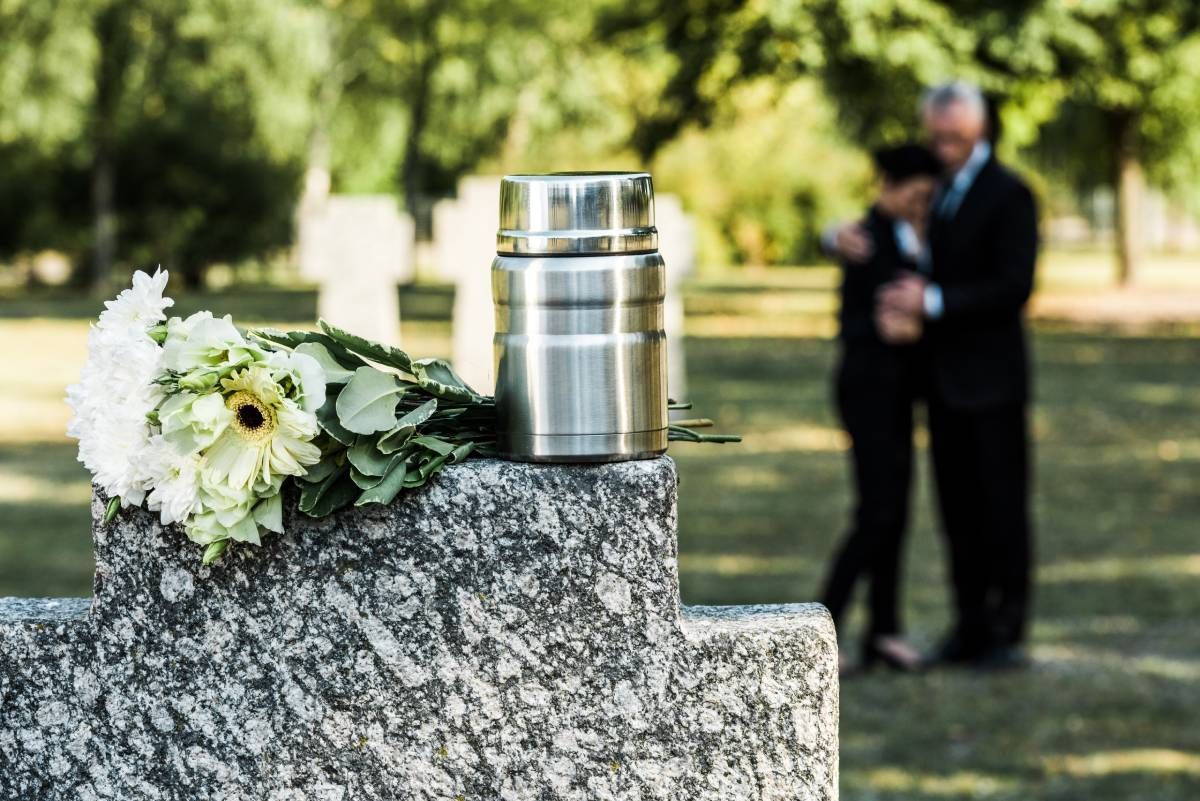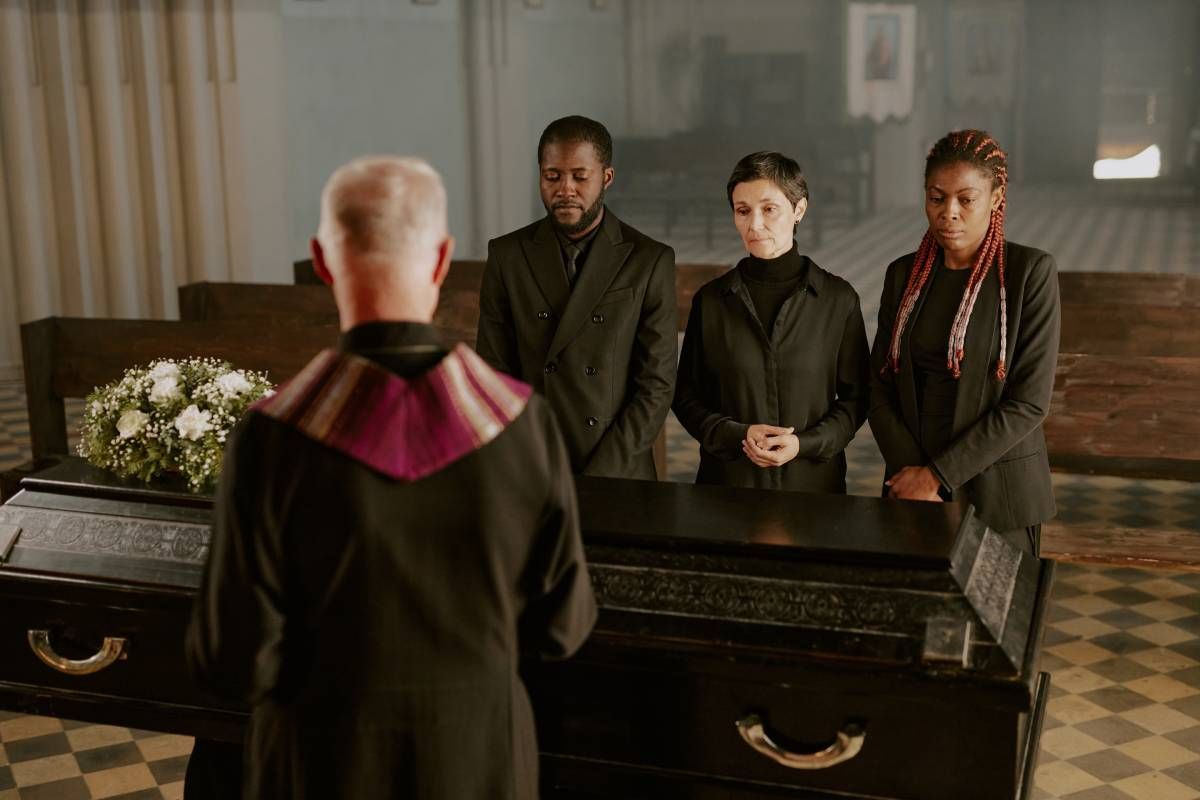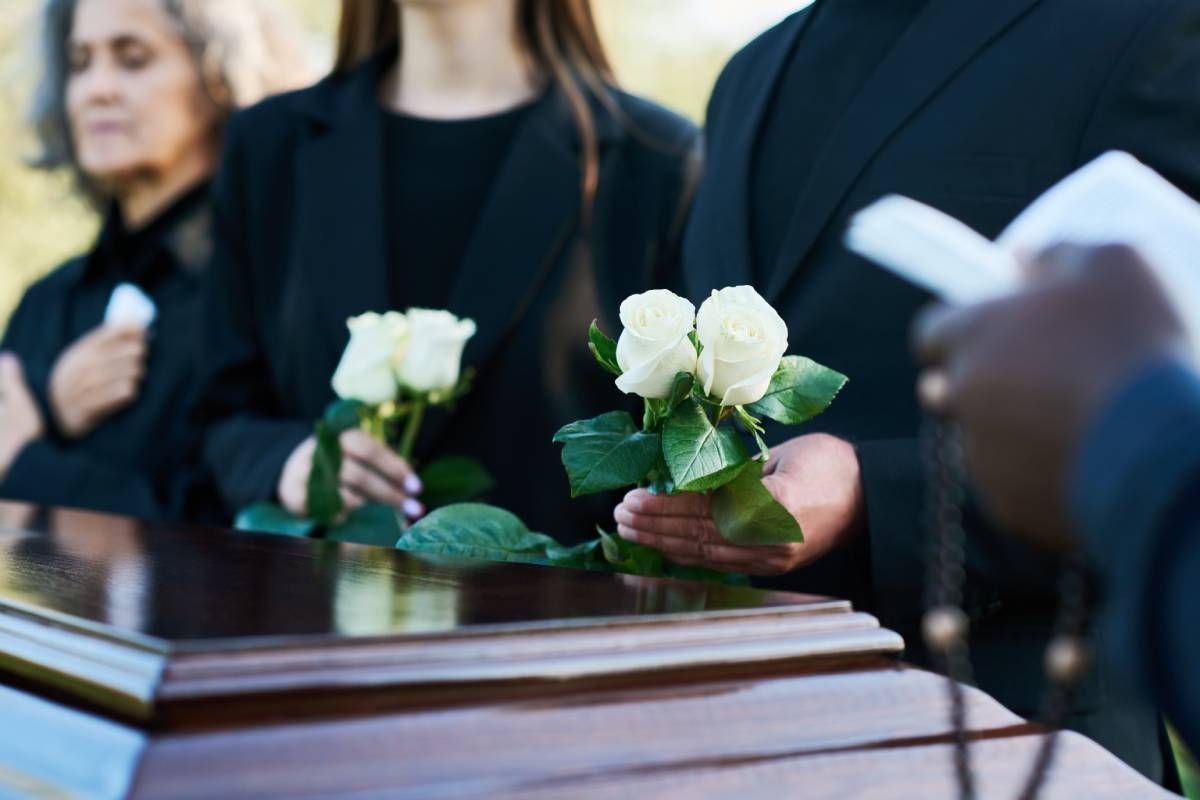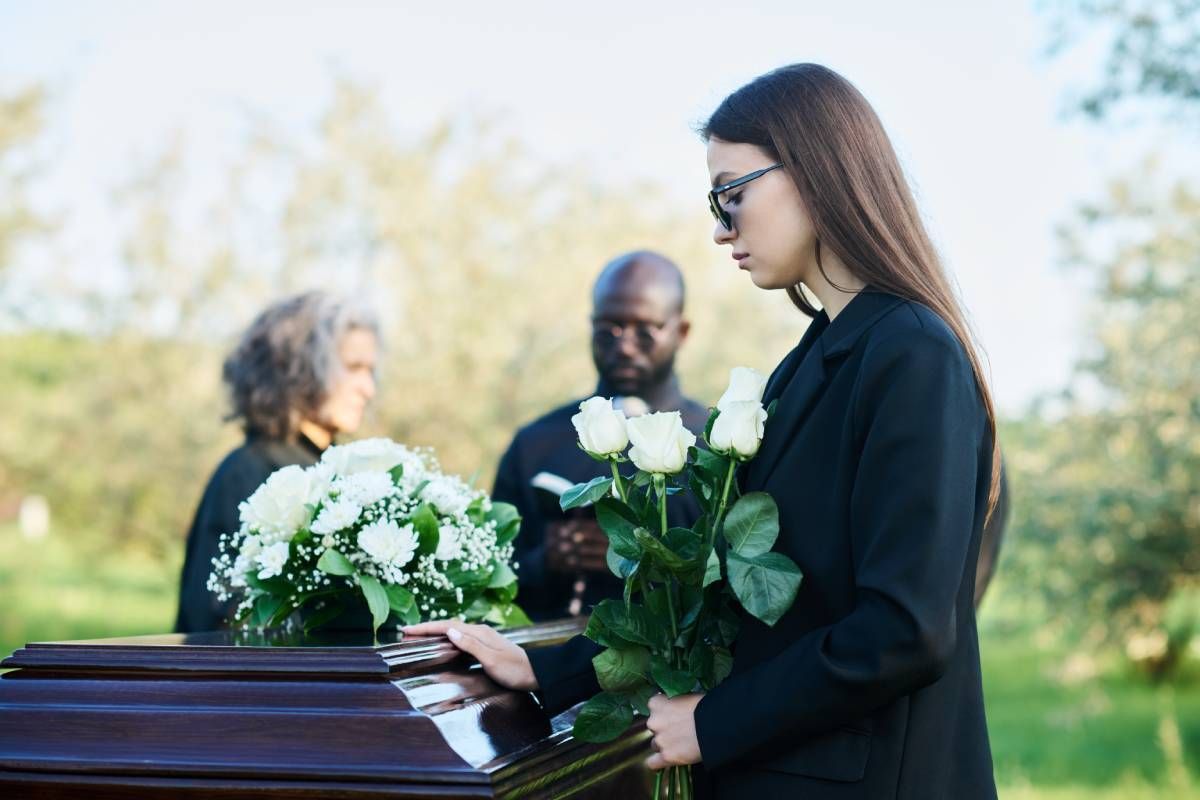
When a loved one passes, deciding on the right way to honor their memory can be overwhelming. Among the many options available,witnessed cremation Santee and traditional funeral services often stand out. Each offers unique advantages, but the choice between them depends on your family’s preferences, beliefs, and emotional needs. Grasping the distinctions can empower you to make a more informed choice.
Witnessed Cremation
Witnessed cremation Santee allows close family members to be present during the cremation process, offering a more intimate and personal farewell. For some, the act of witnessing can bring closure by providing a direct experience of the final moments of the loved one’s physical presence. In many cultures, this option honors spiritual traditions and religious rites, as family members may want to observe or even participate in lighting the cremation chamber. This approach ensures transparency and gives grieving individuals peace of mind, knowing that their loved one is handled with dignity.
Another benefit of witnessed cremation Santee is the flexibility it provides. Families can opt for a memorial service at a later date, allowing more time to gather relatives and friends who live far away. This option is often more cost-effective than a full traditional funeral service because it eliminates some of the logistical expenses, such as embalming, a casket, or a formal burial.
Traditional Funeral Services
Traditional funeral services follow a well-established protocol, typically including a visitation, religious service, and burial. For those who take solace in established traditions, a traditional funeral provides a formal framework for mourning. The opportunity for an open-casket viewing allows family and friends to say their final goodbyes in person, which can be a significant part of the grieving process. Moreover, a formal burial provides the family with a tangible location to visit and remember their loved one’s life.
Traditional services often carry a more communal tone. They gather larger groups of family and friends for a collective experience of honoring the deceased. This group support can be especially helpful in processing grief, as shared memories, eulogies, and rituals create a space for everyone to heal together. However, the costs for traditional funerals are typically higher due to the additional expenses for items such as embalming, a casket, cemetery fees, and other associated services.
Which Option Is Right for You?
Choosing between witnessed cremation Santee and a traditional funeral service depends on several factors: personal beliefs, budget, and the emotional needs of the family. If your family values a more intimate, cost-effective farewell and prefers flexibility, witnessed cremation may be the best option. On the other hand, if long-established traditions and community-centered services bring your family comfort, a traditional funeral may provide the structured space needed for closure.
Ultimately, the decision should be based on what best honors your loved one’s memory and provides your family with the peace and support they need during a difficult time.













